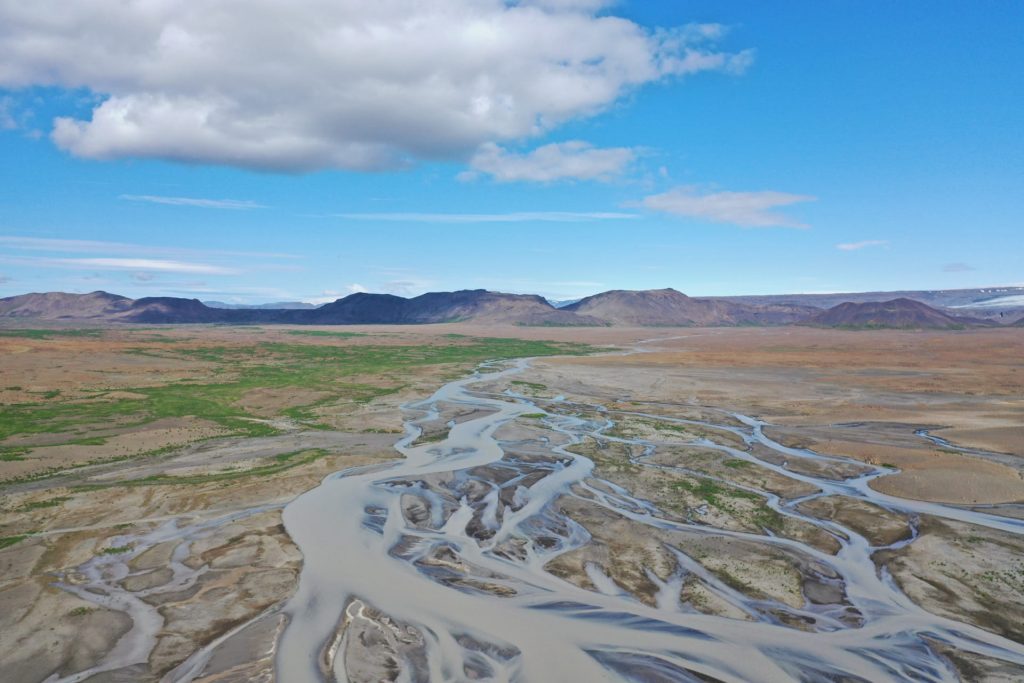
As we mentioned yesterday, there is a small fleet of spacecraft currently nearing Mars as they get ready to land in February. Mars and Earth line up to create ideal launch windows every few years, and I still clearly remember when the Mars Exploration Rovers, Spirit and Opportunity, landed a few weeks apart in the winter of 2004. I was living in Boston at the time, and the weather was warmer on Mars than it was outside my windows, and I felt a little jealous of those two robots sitting in the Sun under an alien sky.
The thing is, while those days, near the Martian equator, were warmer than a Boston winter, Mars, in general, is not someplace that can support life easily. The atmosphere is far too thin to breathe, radiation rains on the surface, and temperatures can drop to -100 Fahrenheit. While we can dream of visiting Mars, life there would be terribly hard. At least it would be today. In the past, Mars had a significantly thicker atmosphere, and with it came warmer temperatures, less radiation, and even weather capable of generating rivers and lakes.
Mars Curiosity rover, a mobile robotic laboratory, has been exploring the site of one of these former lakes since it landed in 2012. A new paper published in JGR Planets with lead author Michael Thrope describes mudstones and sedimentary rocks that were studied by Curiosity. These minerals were compared to similar stones and rocks on Earth as researchers sought conditioners here capable of weathering the landscape the same way Mars was once weathered. According to study co-author, Kirsten Siebach: The range of climates on Earth allowed us to calibrate our thermometer for measuring the temperature on ancient Mars.
They found that ancient Mars, or at least the part of ancient Mars at the bottom of Gale crater, was geologically similar to modern Iceland down to the compositions as they looked at how weather was able to alter the chemistry of the rocks.
Siebach goes on to explain: As water flows through rocks to erode and weather them, it dissolves the most soluble chemical components of the minerals that form the rocks. On Mars, we saw that only a small fraction of the elements that dissolve the fastest had been lost from the mud relative to volcanic rocks, even though the mud has the smallest grain size and is usually the most weathered. This really limits the average annual temperature on Mars when the lake was present, because if it were warmer, then more of those elements would have been flushed away.
While it is unfeasible to imagine terraforming Mars to return back to that Iceland-like climate, it is still tantalizing to imagine that for ever so short a geologic time, Mars was capable of supporting life — just like Iceland — and I can’t wait until we’re landing fossil hunting robots on this nearby world.
More Information
Rice University press release
“Source‐to‐Sink Terrestrial Analogs for the Paleoenvironment of Gale Crater, Mars,” Michael T. Thorpe, Joel A. Hurowitz, and Kirsten L. Siebach, 2021 January 18, JGR: Planets




 Join the Crew!
Join the Crew!
 Escape Velocity Space News
Escape Velocity Space News
0 Comments